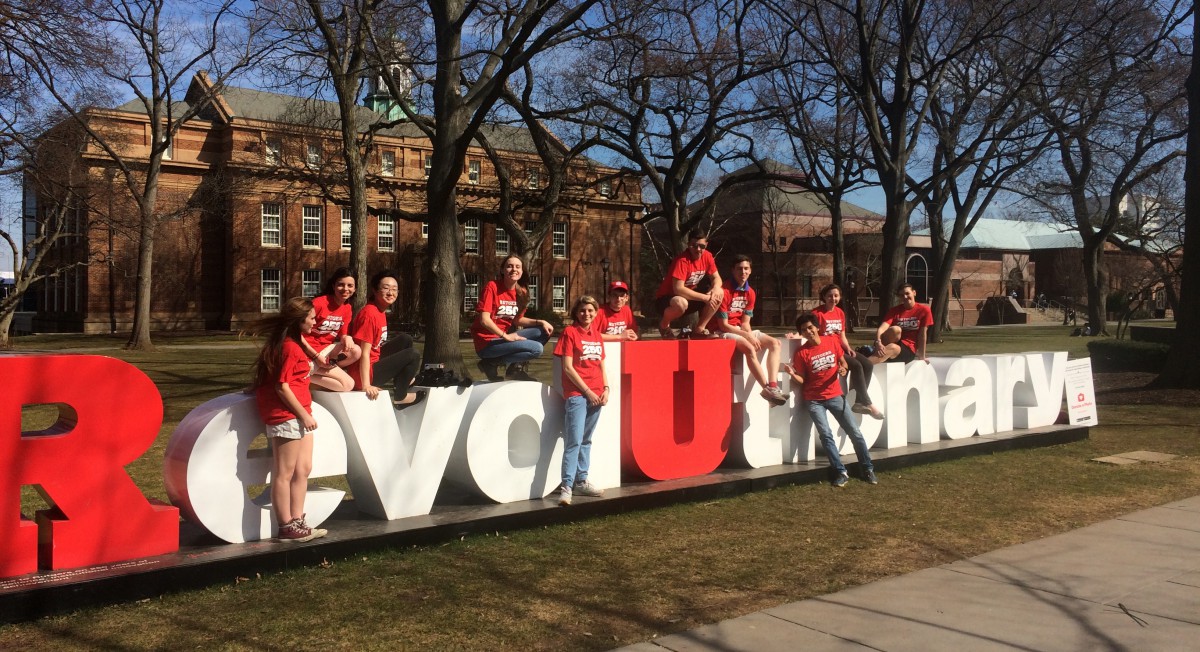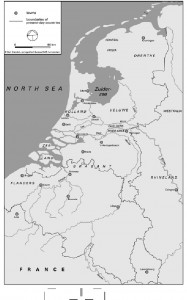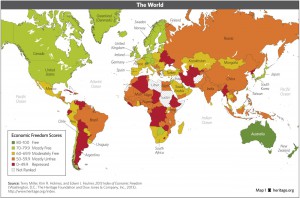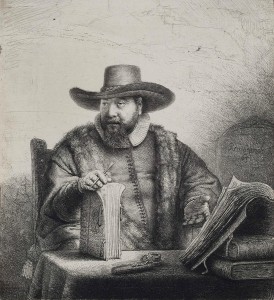Authors: Austin Hong, Noah Hoffman, Kyle Kopcho, Andy Sivas
The Raritan River

Found online by Austin Hong via Google Images
The Raritan River is a beautiful body of water that empties into the Raritan Bay. It flows for about 16 miles before it hits its estuary which extends the river an additional 14 miles. There is a total of four bridges that span the Raritan. They are the New Jersey Transit Railroad Bridge, Victory Bridge, Edison Bridge, and Driscoll Bridge.
Map of the River’s Location
 Found online by Kyle Kopcho via Google Images
Found online by Kyle Kopcho via Google Images
The Raritan Headwaters region is located in north-central New Jersey and is defined by the area of land that drains into the North and South Branches of the Raritan River. The region contains the headwaters of the Raritan, the river which drains to the Raritan Bay and Atlantic Ocean. The drainage basin of the Raritan River covers approximately 1,100 square miles, making it the largest river basin located entirely within the State of New Jersey.
A significant part of New Jersey’s rich cultural history, the Raritan River has served as a transportation and trade route since pre-colonial times. The Naraticongs, a branch of the Lenape and part of the Iroquois Nation, were the first known settlers of the Raritan Valley. The Dutch and English arrived in 1683 and also made use of the River for its fertile soil and transportation opportunities. The Raritan was crossed by troops during the American Revolution, and a battle was fought close by in 1777. During the Industrial Revolution, the River became home to mills and other factories.
The first people to settle the Raritan Valley were the Naraticongs, a peace-loving branch of the Lenape who were part of the Iroquois Nation. Numbering about 1,200 the Naraticongs lived mostly along the north side of the river. They roamed the forest to hunt, fished in the river, and planted corn in the fertile valley. In 1683, when the Dutch and English arrived, the Naraticongs met them with friendly advances and a ready sale of land. The Dutch shortened and altered the name of the Naraticongs and named the area Raritan, or “forked river” Other versions of history state that Raritan translate to “where the stream overflows”. The Dutch, English, and French Huguenots were drawn to the area for the same reasons the Lenape Found appealing-the rich, fertile soil and the navigable river. The Dutch also realized they could establish their own church, the Dutch Reformed Church, and live in freedom. These opportunities played a major role in the establishment of the town of Raritan. Raritan became a trading center for neighboring farmers.
The Raritan River is located within central New Jersey in the United States. The Dutch arrived at the Raritan River in 1683, and started a colony in New Brunswick upon recognizing the unused potential stored in the roots of this area. The land around this body of water was an ideal location for starting a colony. The fertile soil made it a good area for settlement and the river would serve as an excellent means of transportation that could be used for trade. Furthermore, the Raritan River was an important route used for slave trade, and slaves were important resources that were utilized in the establishment of Queens College.
The Raritan river is one of the largest and most influential landmarks in Rutgers history, as well as the history of New Brunswick. The early colonies that led to the establishment of New Brunswick,and later Rutgers, would not have been able to survive without the aid of the Raritan River. The Raritan allowed easy access for resources and new settlers to come to the New Brunswick area. The Dutch were among the first to use this natural resource and take advantage of New Brunswick’s location, and their effect is still felt to this day. Also, as students at Rutgers University, the river is a part of our community and we want to learn more about this historical landmark.
From a current geological perspective, the Raritan River’s role today in the New Jersey ecosystem is that of a major river, which contributes to the draining of the central, mountainous areas of New jersey into the Atlantic Ocean. Furthermore, this river’s history is celebrated in the Rutgers alma mater for it’s relevance to the establishment of Rutgers and the Dutch involvement with it. The river today is an important geological landmark, but can also be used for recreational purposes. The crew team here at Rutgers rows almost everyday on the water, and oftentimes, when in season, hosts regattas with schools from around the country.
The Raritan river, as previously stated, was a very important trading route utilized by Dutch and English settlers. Initially, Native-American tribes, like the Iroquois, inhabitedword the banks of the raritan, which is where Rutgers now stands. Essentially, the soil was very fertile and the surrounding ecosystem was conducive to establishing a vibrant community, which included a school. Essentially, Rutgers was founded on the banks of the Old Raritan because the atmosphere was suitable for the construction and maintenance of one of the first schools ever established in the New World. The English and Dutch settlers clearly saw it the same way.
Bibliography
- “Natural History.” Raritan Headwaters Association. Web. 11 Apr. 2016. https://www.raritanheadwaters.org/home/learn/natural-history-of-raritan-headwaters-region/
- “The History of Raritan.” The Official Website of The Borough of Raritan, NJ ::::. Web. 11 Apr. 2016. http://www.raritanboro.org/History/
- “History of the Raritan River.” Raritanrutgersedu. Web. 11 Apr. 2016. http://raritan.rutgers.edu/raritan-basin/history-of-the-raritan-river/





